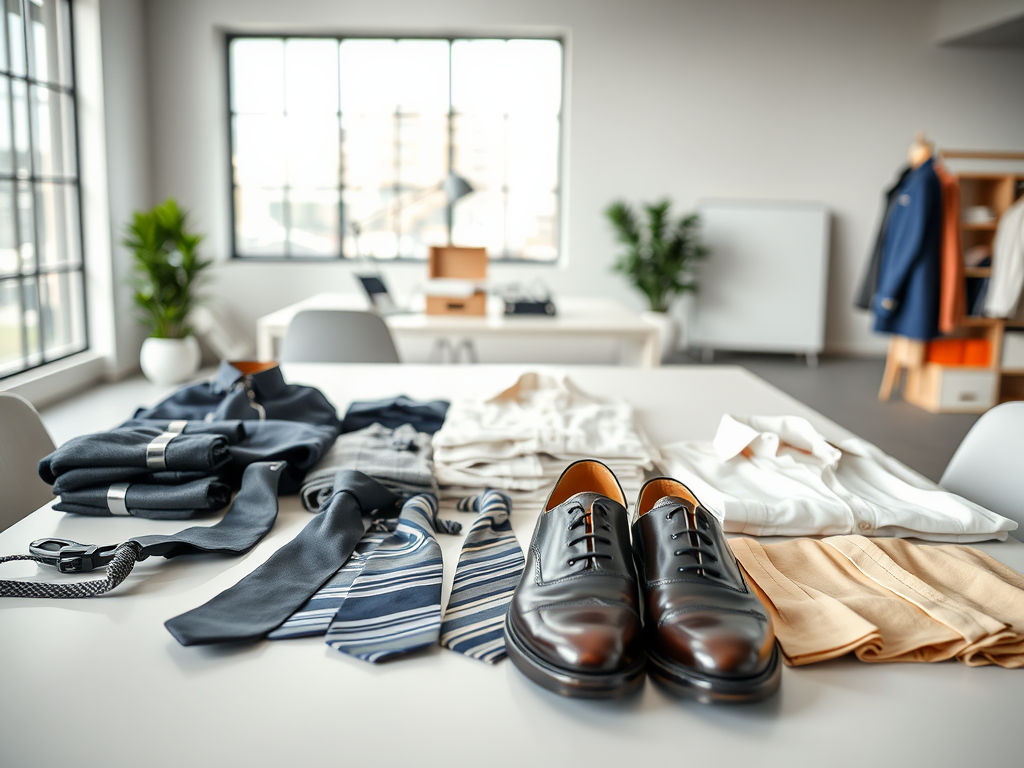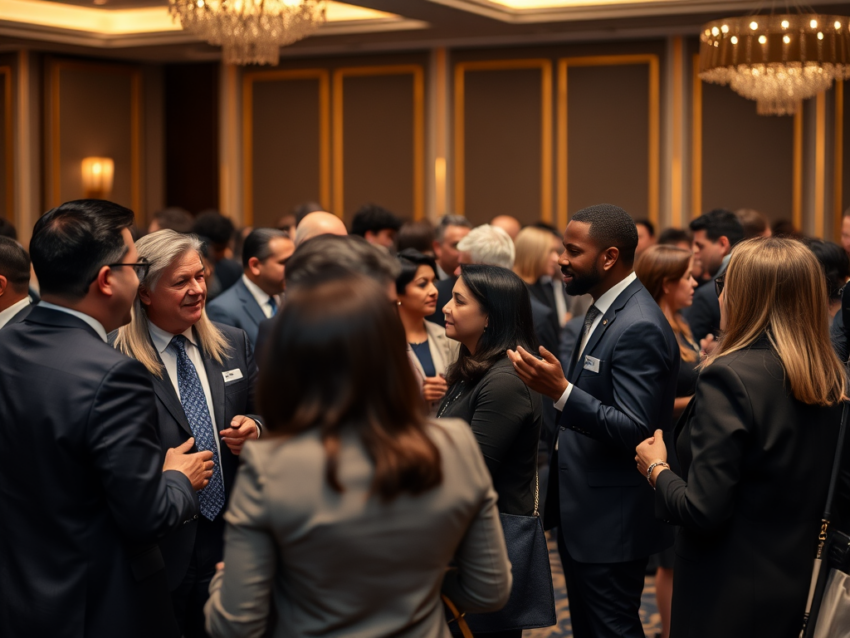When stepping into a networking event, your outfit can often speak louder than your words. The right attire not only reflects your professionalism but also sets the tone for the connections you are about to make. Choosing what to wear can feel daunting, especially with various dress codes and expectations swirling around. A smart choice in wardrobe can help break the ice and foster conversations that may lead to new opportunities. In a world where first impressions matter, understanding the nuances of networking attire becomes essential for career advancement and professional relationships. Let’s dive into how to decode these dress codes so you can confidently choose your outfit and make a lasting impression.
Understanding Dress Codes

Dress codes are often categorized into specific styles, each suited for different professional settings. Whether it’s formal, business professional, or casual, knowing what’s expected can make a significant difference in how you are perceived. Aligning your attire with the event’s purpose ensures that you’re making the right statement about your professionalism and respect for the occasion. Misjudging the dress code can lead to awkward moments that detract from your networking efforts. Therefore, it is crucial to become familiar with common dress codes to navigate the professional landscape effectively. A well-chosen outfit can not only enhance your confidence but also create a positive atmosphere around you.
Formal Attire

Formal attire typically includes tailored suits, ties, elegant dresses, and polished shoes. This level of dress is reserved for high-stakes events such as gala dinners, award ceremonies, or important business meetings. Attending such events requires a keen attention to detail in your outfit selection to ensure you fit the tone and decorum of the occasion. For individuals aiming to rise in their careers, mastering formal attire can be an invaluable skill. It’s not just about looking good; it’s about showcasing your understanding of professionalism and your respect for the event. The expectations associated with formal attire leave no room for error, so preparation is essential.
| Item | Description |
|---|---|
| Suit | Typically a matching set of jacket and trousers, creating a cohesive and polished look. |
| Tie | An essential accessory that adds a touch of sophistication to any formal outfit. |
| Dress Shoes | High-quality shoes, often leather, that elevate the overall formal appearance. |
To truly master formal attire, it’s crucial to prioritize quality over quantity. Investing in timeless pieces not only saves you money in the long run but also ensures you have reliable outfits for any formal occasion. Accessories can also play an important role in transforming a basic suit into a standout ensemble. Consider adding scarves for women or tasteful jewelry for men and women alike. Remember, it’s all about personal style, so don’t hesitate to express your unique flair while maintaining a professional appearance.
Business Professional Attire
Business professional attire is another common dress code that typically consists of tailored suits, dress shirts, blouses, and dress shoes. This style strikes a balance between professional and approachable and is particularly suitable for job fairs, corporate meetings, and industry conferences. It’s essential to understand the difference between business professional and more casual styles to avoid undershooting your look. Many professionals make the mistake of blending the two, leading to ensembles that can confuse rather than impress potential employers. Ensuring proper grooming and personal hygiene accompanies this dress code adds an additional layer of professionalism that you do not want to overlook. Remember, presentation counts heavily in these environments, so every detail matters.
- Tailored Suit: Neat, fitted garments are key.
- Dress Shirt or Blouse: Crisp fabrics that match the suit.
- Dress Shoes: Dark, polished footwear that complements the outfit.
- Minimal Accessories: A watch or simple jewelry that does not distract.
Business Casual Attire
Business casual attire opens the door to a relaxed yet professional look. It typically includes elements like chinos, blazers, and smart casual shoes, making it a versatile option for networking mixers and workshops. This dress code allows for a bit of personal flair while still maintaining an air of professionalism. However, one must tread carefully to avoid slipping into complete casual wear. The key is to be comfortable without sacrificing style. By understanding what fits best within the boundaries of business casual, you can create outfits that serve both utility and aesthetics.
Fabric choice is critical when aiming to balance comfort and style. Opt for breathable materials that remain stylish but also allow for movement, especially during long events. While style can feel subjective, understanding color psychology can help your outfit make a statement. For instance, blue tones can elicit feelings of trust, while yellows can showcase optimism. Patterns can also play into this dialogue, but should always be used in moderation to avoid overwhelming your overall look. The ultimate goal is to create an outfit that is as functional as it is fashionable, catering to both your comfort and the expectations of those around you.
Conclusion
In conclusion, understanding and adhering to the appropriate dress code for networking events is an essential skill in any professional setting. Your attire not only represents your personal brand but also communicates your level of respect for the occasion and its attendees. It’s crucial to choose outfits that make you feel confident and reflect both professionalism and your personal style. By mastering the various dress codes, you will enhance your networking skills and open doors to endless possibilities. So, the next time you receive an invitation to a networking event, you’ll be equipped with the knowledge to dress for success.
Frequently Asked Questions
- What should I wear to a networking event? It depends on the event’s dress code, but it’s crucial to look professional and put together.
- Is it always necessary to wear a suit? No, select occasions allow for business casual attire. Always consider the event’s tone and audience.
- Can I wear black jeans to a networking event? Yes, black jeans can be acceptable, especially in a business casual environment, but they should be paired with a smart top and shoes.
- How can I make my outfit stand out at a networking event? Utilize accessories, a pop of color, or unique textures while maintaining professionalism.
- What if I’m unsure about the dress code? When in doubt, opt for business professional attire, as it is versatile for most networking events.
